Mixed reality
Contents |
[edit] Introduction
Cambridge University is partnering with Trimble and Microsoft to combine physical infrastructure data – such as design, construction and operational data – that is currently stored in separate archives. The goal is to make them available to civil engineers and other construction professionals through the latest mixed reality technologies.
While civil engineers have built millions of physical assets over many centuries, they have done relatively little to create digital data repositories with integrated geometry, design, construction and operation data. This is not surprising given most existing physical assets started their lifecycle well before modern digital engineering technologies existed.
[edit] Digital asset data
As such digital data for infrastructure assets is only partially available, rarely up-to-date and almost never integrated into a single platform so that informed decisions can be made. Building information modelling (BIM) technology is changing that by delivering a 'digital copy' of an asset, bringing all types of data together for use over the asset's lifetime.
The objective is to provide civil engineers, facilities managers and other asset stakeholders with the information they need to make informed decisions and better manage the assets throughout their lifecycle. Enabling them to engage with the digital asset models through mixed reality will also greatly improve productivity and sustainability.
[edit] Construction monitoring
For example, monitoring construction site progress is a laborious, time-consuming and error-prone task. Research at Cambridge has led to a Microsoft Hololens application which will help to automate progress inspections.
The application, which will be transferred to practice through Trimble, allows inspectors wearing Hololens headsets to see a three-dimensional (3D) as-planned digital model of the works overlaid on the as-built works as he or she walks around it. Once aligned, the model remains fixed relative to the scene, remains stable and has no occlusions.
The application then automatically compares the as-built status with the as-planned data to provide instant progress information as the inspector moves around the site. This information allows inspectors to detect any schedule or specification discrepancies at the earliest opportunity, enabling early corrective action to be taken.
[edit] Bridge inspection
Another example is the visual inspection of bridges, which usually has to take place annually or biennially. These inspections are laborious, require traffic control and pose a health and safety risk for the inspector.
Cambridge University is working on methods to build fully textured, data-rich and geometrically accurate models of existing bridges which can then be used for remote off-site inspections. Data are collected during on-site maintenance operations or with drones and automatically converted to an as-is model.
Element surface texture is extracted from high-resolution images and defects are automatically identified. Using Hololens, inspectors can look at the real-sized bridge model in the comfort of their offices and be guided automatically to areas of concern.
[edit] Context-based workflow
The two examples clarify the value of presenting data in context. By merging the digital and physical worlds, mixed reality enables a context-based workflow. It transforms the way civil engineers consume, interact and communicate information.
Through Hololens and other technologies, Trimble, Microsoft and the University of Cambridge are working together to develop a new generation of solutions towards improved automation in construction.
This article was originally published here on 3 May 2017 by ICE. It was written by Ioannis Brilakis, Cambridge University.
--The Institution of Civil Engineers
[edit] Related articles on Designing Buildings Wiki
- Articles by ICE on Designing Buildings Wiki.
- Assisted reality aR.
- Advanced construction technology.
- Artificial intelligence and civil engineering.
- Augmented reality in construction.
- Computer-generated imagery (CGI).
- Cobots.
- ConTech.
- Gravity Sketch.
- Robots.
- Virtual construction model.
- Virtual reality and manufacturing.
- Virtual reality in construction.
- Visualisation.
Featured articles and news
Considerate Constructors Scheme acquires Building A Safer Future
Acquisition defines a new era for safety in construction.
AT Awards evening 2024; the winners and finalists
Recognising professionals with outstanding achievements.
Reactions to the Autumn Budget announcement
And key elements of the quoted budget to rebuild Britain.
Chancellor of the Exchequer delivers Budget
Repairing, fixing, rebuilding, protecting and strengthening.
Expectation management in building design
Interest, management, occupant satisfaction and the performance gap.
Connecting conservation research and practice with IHBC
State of the art heritage research & practice and guidance.
Innovative Silica Safety Toolkit
Receives funding boost in memory of construction visionary.
Gentle density and the current context of planning changes
How should designers deliver it now as it appears in NPPF.
Sustainable Futures. Redefining Retrofit for Net Zero Living
More speakers confirmed for BSRIA Briefing 2024.
Making the most of urban land: Brownfield Passports
Policy paper in brief with industry responses welcomed.
The boundaries and networks of the Magonsæte.
London Build Fire and Security Expo
20-21 Nov and now with new Ambassador Programme..
The Scottish Building Safety Levy
Eight weeks of consultation closing on 18 November.
The grey, the brown and the golden rules of housing
shifting policies from the wild west of housing development.
Future proofing homes that are fit for purpose
Specification challenges and the role of plastic.
Thousands of new homes unlocked for brownfield sites
£68 million to 54 councils for neglected land into new homes.








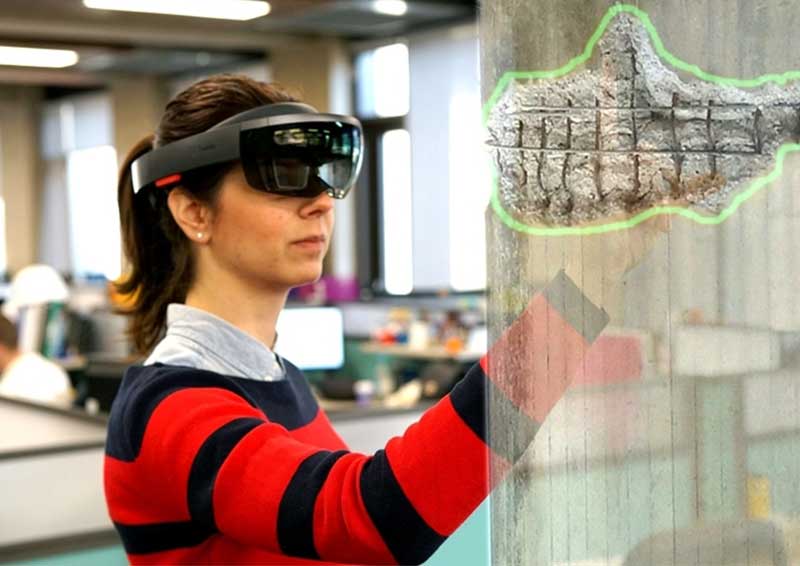

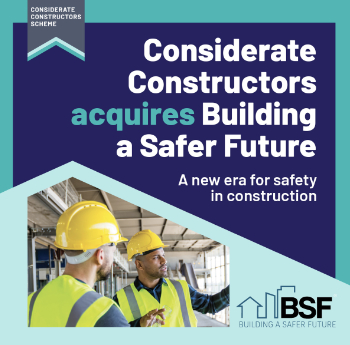





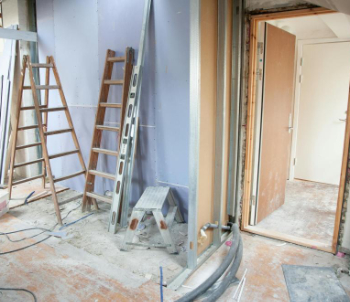



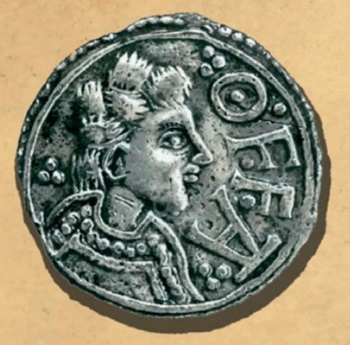
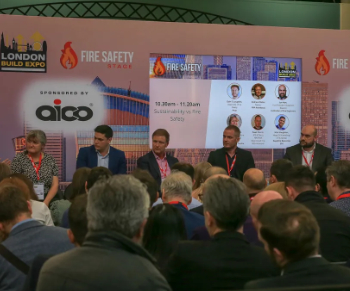
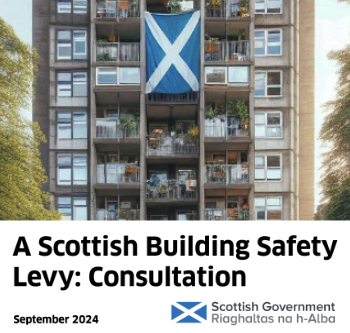

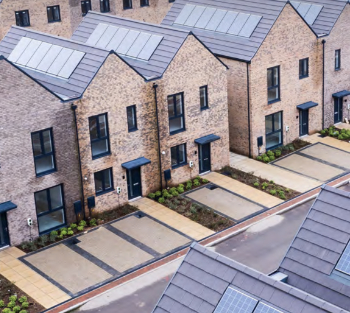
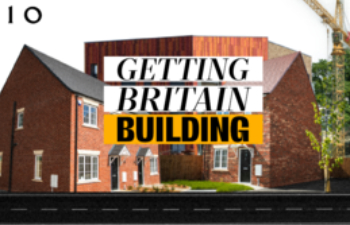
Comments
Nice work, Ioannis.